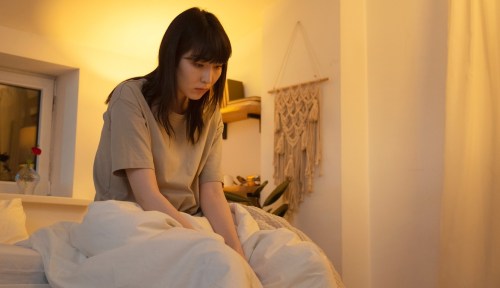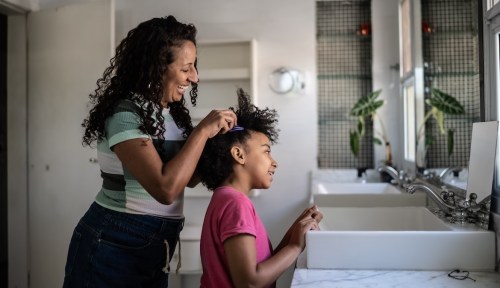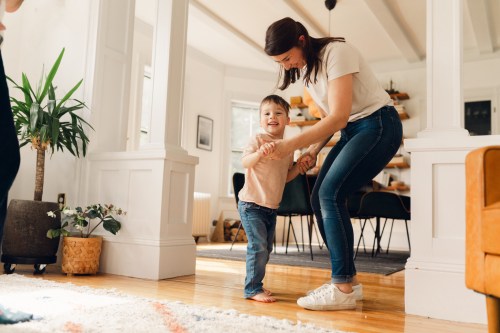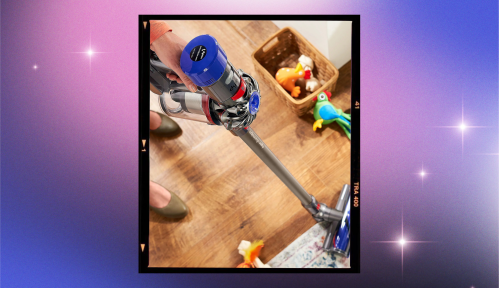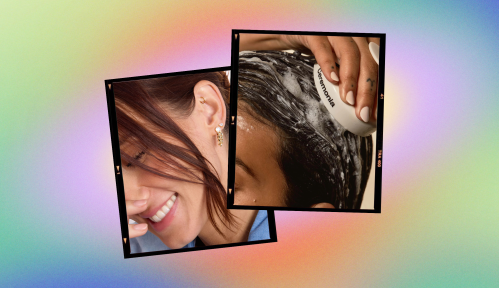As debate rages about vaccination requirements and who to blame for a spate of measles outbreaks throughout the United States, a new study provides more statistical certainty that there is no relationship between the MMR vaccine and autism.
For the study, published in the Annals of Internal Medicine, researchers at Copenhagen’s Statens Serum Institut used a population registry to assess the risk of autism among 657,461 children born in Denmark between 1999 and 2010. Scientists studied the participants through 2013, of whom 6,517 were diagnosed with autism during this timeframe. They concluded that that these diagnoses were not correlated with vaccination against measles, mumps, and rubella.
“The study strongly supports that MMR vaccination does not increase the risk for autism, does not trigger autism in susceptible children, and is not associated with clustering of autism cases after vaccination.”
“No increased risk for autism after MMR vaccination was consistently observed in subgroups of children defined according to sibling history of autism, autism risk factors (based on a disease risk score) or other childhood vaccinations, or during specified time periods after vaccination,” the study authors write.
“The study strongly supports that MMR vaccination does not increase the risk for autism, does not trigger autism in susceptible children, and is not associated with clustering of autism cases after vaccination,” the paper concludes. “It adds to previous studies through significant additional statistical power and by addressing hypotheses of susceptible subgroups and clustering of cases.”
This isn’t the first large-scale study that unequivocally disproves a link between vaccines and autism. A study of 537,000 children, published in 2002 in the New England Journal of Medicine, concluded with similar results, according to NPR.
Anti-vaccine groups frequently cite a study conducted by Andrew Wakefield, published in prominent British medical journal The Lancet in 1998, that claimed a link between the MMR vaccine and autism; that “study” was fraudulent and prompted an apology from The Lancet, which issued a retraction in 2010. “A British medical panel concluded last week that Dr. Wakefield had been dishonest, violated basic research ethics rules and showed a ‘callous disregard’ for the suffering of children involved in his research,” reported The New York Times in 2010. (Wakefield has since lost his medical license in the U.K.)
“The idea that vaccines cause autism is still around despite our original and other well-conducted studies,” epidemiologist Anders Hviid, MD, of the Staten Serum Institute in Copenhagen, who authored the new study, tells NPR. “Parents still encounter these claims on social media, by politicians, [and] by celebrities.”
Another controversial parenting topic: raising kids vegan. Here’s what a pediatric nutritionist thinks about it. And in other vaccination news, this vaccine would make gluten allergies disappear.
Sign Up for Our Daily Newsletter
Get all the latest in wellness, trends, food, fitness, beauty, and more delivered right to your inbox.
Got it, you've been added to our email list.

